Annalisa C Parent - Storytelling for Pantsers: How to Write and Revise Your Novel Without an Outline
Here you can read online Annalisa C Parent - Storytelling for Pantsers: How to Write and Revise Your Novel Without an Outline full text of the book (entire story) in english for free. Download pdf and epub, get meaning, cover and reviews about this ebook. year: 2017, publisher: Laurel Elite Books, genre: Home and family. Description of the work, (preface) as well as reviews are available. Best literature library LitArk.com created for fans of good reading and offers a wide selection of genres:
Romance novel
Science fiction
Adventure
Detective
Science
History
Home and family
Prose
Art
Politics
Computer
Non-fiction
Religion
Business
Children
Humor
Choose a favorite category and find really read worthwhile books. Enjoy immersion in the world of imagination, feel the emotions of the characters or learn something new for yourself, make an fascinating discovery.
- Book:Storytelling for Pantsers: How to Write and Revise Your Novel Without an Outline
- Author:
- Publisher:Laurel Elite Books
- Genre:
- Year:2017
- Rating:4 / 5
- Favourites:Add to favourites
- Your mark:
Storytelling for Pantsers: How to Write and Revise Your Novel Without an Outline: summary, description and annotation
We offer to read an annotation, description, summary or preface (depends on what the author of the book "Storytelling for Pantsers: How to Write and Revise Your Novel Without an Outline" wrote himself). If you haven't found the necessary information about the book — write in the comments, we will try to find it.
Are you a fly-by-the-seat-of-your-pants writer? Hungry for a book that shows you how to write and revise your novel without an outline?
Discover the secret sauce to help those of us seat-flyers get at least some grounding in what we do,
and to find and use a system in the chaos that is pantsing.
This book is intended to help those of us seat-flyers get at least some grounding in what we do, and to find and use a system in the chaos that is pantsing.
This book is for you if you:
- Are still on chapter one - You should read this book if you have started a novel at least 68 times (the same novel) and only written the first chapter
- Jump around - You should read this book if you write chapter 1. And then chapter 5. And then chapter 2. etc.
- Write to Discover - You should read this book if you need to write to discover your story. (I just watch my characters and write down what they do.)
- Get Lost in the Weeds - You should read this book if you get lost in the weeds of writing and revision because portions of your novel are in different phases of the writing process.
- Feel Writing is Complicated - You should read this book if you feel frustrated because Dang it; writings hard enough. Why do I always have to complicate it?
- Wear Pants - You should read this book if you think the cover of this book is cool, or wear pants. Because, hey, the cover is cool. So are you, and so is this book. (Who says you cant judge a book by its cover? Pshaw.)
Author and Writing Coach Annalisa Parent approaches the topic with a mix of humor and depth that will spark your writing.
Annalisa C Parent: author's other books
Who wrote Storytelling for Pantsers: How to Write and Revise Your Novel Without an Outline? Find out the surname, the name of the author of the book and a list of all author's works by series.

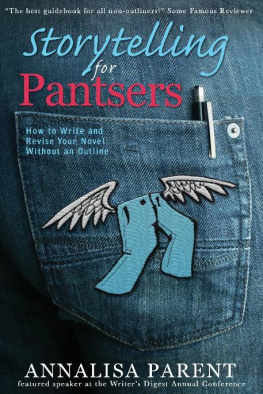
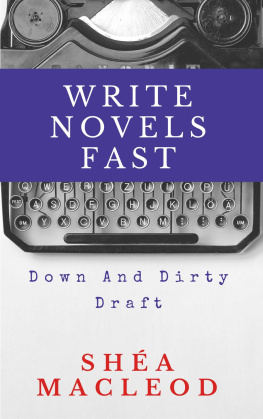
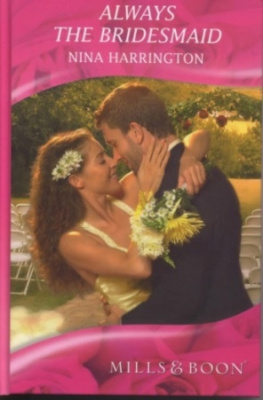

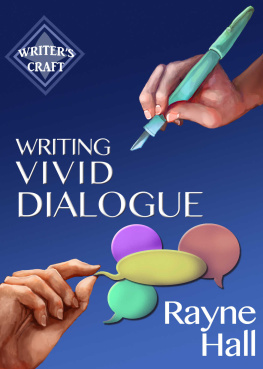
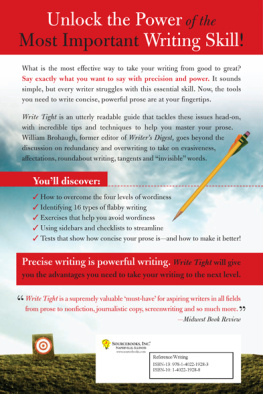
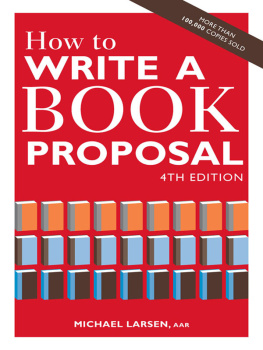
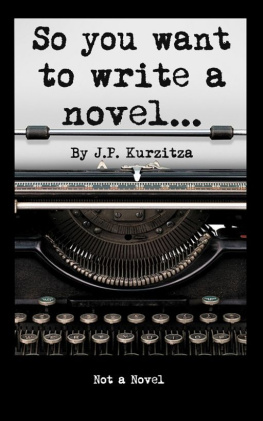

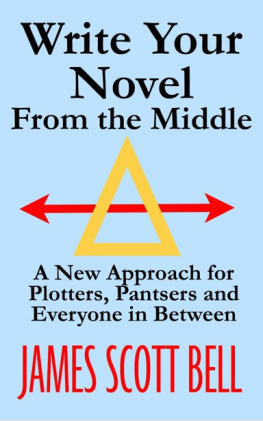
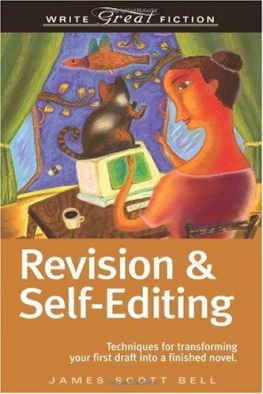

 Have started a novel at least 68 times (the same novel) and only written the first chapter
Have started a novel at least 68 times (the same novel) and only written the first chapter

